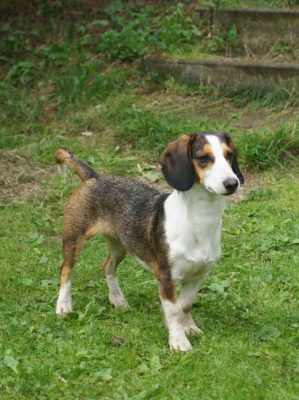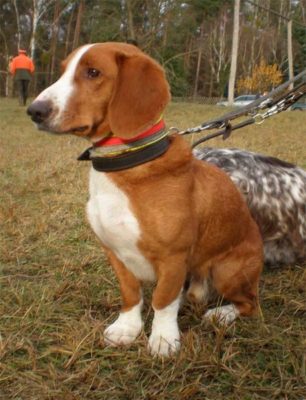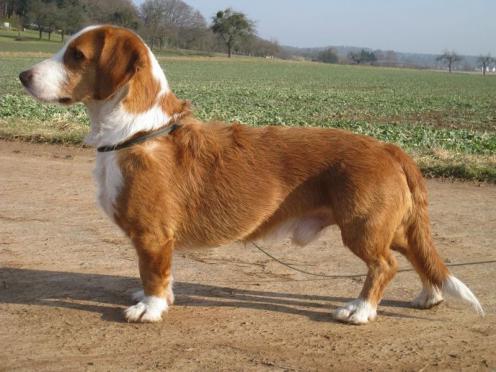Westphalian Dachsbracke
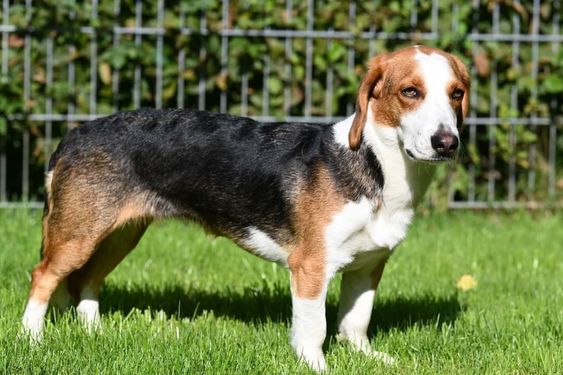
The Westphalian Dachsbracke is a born hunter. Representatives of this breed are vigorous, hardy, and have a good sense of smell, so they do not see any obstacles, even in the most difficult terrain. Due to its hunting nature, the Westphalian Dachsbrackes is an excellent guardian and can stand up for itself and its owner.
Table of Contents
Breed Information
| Another Name | Westphalian Hound |
| Origin | Germany |
| Height | Males 30-38 cm Females 27-35 cm |
| Weight | 16-18 kg |
| Fur | Short, hard |
| Color | Brown, red or yellow with black saddle and white spots |
| Lifespan | 10-12 years |
| FCI Classification | Scent hounds and related breeds |
| Group | Hunting dogs |
| Price | From $500 |
Breed Photos
Origin History
The Westphalian Dachsbracke is a breed whose history dates back to West Germany. It was officially recognized in the eighteenth century, but when it was bred is still unknown. This West German breed is an excellent combination of the characteristics of a high-footed hound and a dachshund. Characterized by good instinct and a strong hunting instinct, it shows anger and cold-bloodedness towards the game. This set of traits makes it an excellent fox, hare, and rabbit hunter. Thanks to its ability to track games, the Dachshund Hound has become very popular in many Eastern European countries. Although at first sight, the Westphalian Dachsbracke seems to be a cold-blooded hunter, at home, it is not at all aggressive and friendly.
Appearance
The straight, elongated body, elongated flat skull, and the Westphalian Hound’s raised muzzle make it very similar to the Dachshund. This breed is characterized by a long, strong neck, deep chest, and short limbs. If you look closely at the pet, you can see that the front limbs are thicker and stronger than the hind limbs.
Representatives of this breed have a short but very thick coat. Their coat color is tricolor – brown, red, or yellow with a black saddle and white spots on the forehead, neck, limbs, and the tip of the tail.
The Westphalian Dachsbracke has small eyes, the color of which depends mainly on the color of the coat. It has wide floppy ears, slightly rounded at the tips, which rise slightly upwards when agitated and excited. The Westphalian Hound tail is of medium length, thick at the base, and almost always downward.
Character
The Westphalian Dachsbracke is a born hunter. Representatives of this breed are vigorous, hardy, and have a good sense of smell, so they do not see any obstacles, even in the most difficult terrain. Due to its hunting nature, the Westphalian Dachsbrackes is an excellent guardian and can stand up for itself and its owner.
At home, Westphalian Hound is poised and calm, non-aggressive, and friendly. They are obedient and loyal to their owner, loving children, as they do not mind playing. On walks, representatives of this breed easily join the game with other pets. If this happens, you need to be very careful that these games do not turn into a competition or a fight.
Care
The Westphalian Dachsbracke is unpretentious in its care. It is a breed that primarily needs weekly hair combing with a special stiff brush. During molting, you can use a special rubber glove. The claws of the dog should be trimmed very short, especially if they live in an apartment. It will save the owners from unnecessary expenses on spoiled furniture. The Westphalian Dachsbracke, as the owner of hanging ears, needs to have them cleaned regularly.
The Westphalian Hound is a hound breed, so it needs long walks and physical activity. It is not enough for a dog to take ordinary walks in the yard; it needs regular exercise, comparable to a full-fledged hunt. If he fails to expend his energy, he channels his resource into aggressive behavior and protest.
Training
The Westphalian Dachsbracke is an intelligent and obedient dog that lends itself well to training with the right approach. It is recommended to train and exercise outdoors in the form of active play. It is vital to have a training program that will help develop not only stamina but also memory.
The dogs are not trainable if they are treated aggressively and hostile. To obey all commands, you need to give them respect, be a mentor for them, and a friend at the same time. The pet should feel that he and the trainer are one team. Then any training will be successful and effective.
Common Diseases
The elongated body and short limbs make the dog vulnerable to musculoskeletal diseases. Over the years, the pet can develop spinal problems and hip dysplasia. Also, this breed is prone to developing urolithiasis, which can be caused by improper nutrition. The breed is prone to infections and chronic ear inflammation. The pet’s floppy ears can make it difficult for air to reach the ear canal. Regular hygiene routines can help avoid these conditions.
In general, to keep your pet in good shape and good health, it is recommended that you visit your veterinarian regularly.
Nutrition
The Westphalian Dachsbracke is a breed that is nutritionally demanding. Its small weight needs a balanced diet, which should be sufficiently caloric and enriched with vitamins and minerals.
The calories and amount of food should be correlated with the physical activity of the pet. It is recommended to include lean boiled meat, vegetable soups, and porridges in a Westphalian Hound’s diet.
 Istrian Short-haired Hound
Istrian Short-haired Hound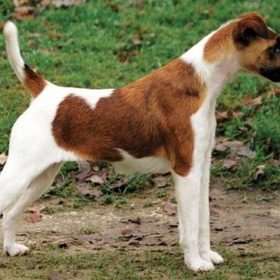 Smooth Fox Terrier
Smooth Fox Terrier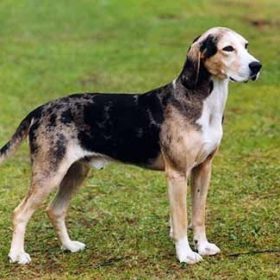 Dunker
Dunker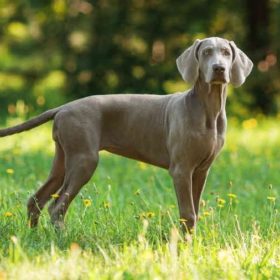 Weimaraner
Weimaraner Grand Anglo-Français Blanc et Orange
Grand Anglo-Français Blanc et Orange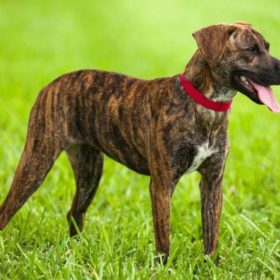 Treeing Tennessee Brindle
Treeing Tennessee Brindle